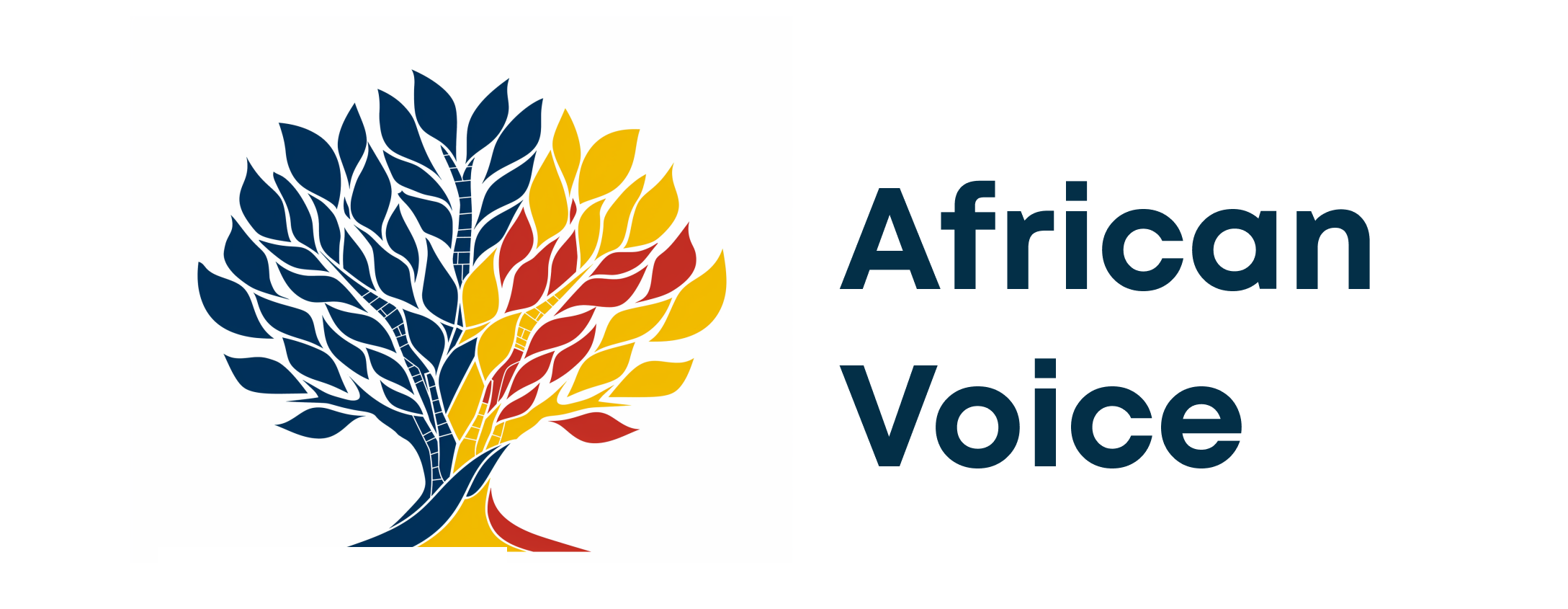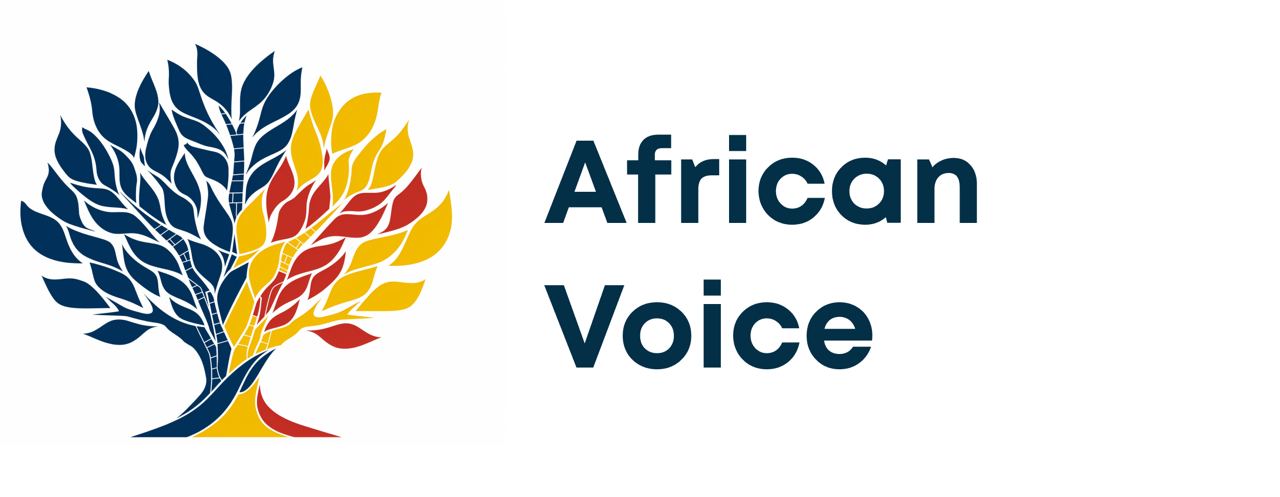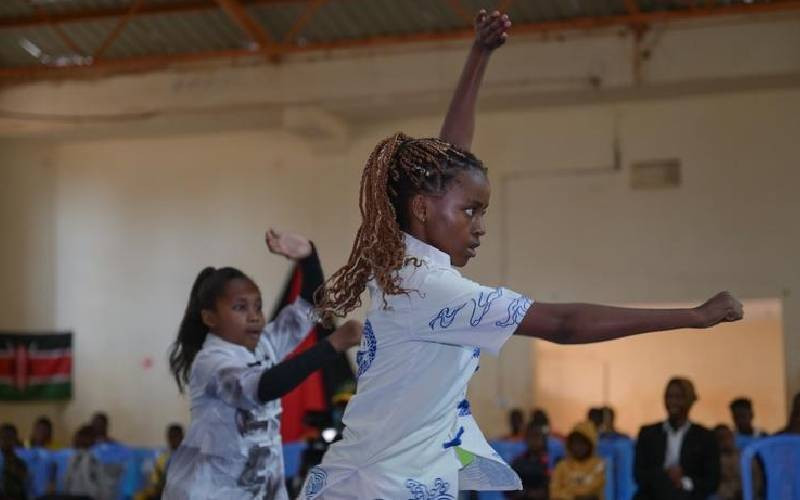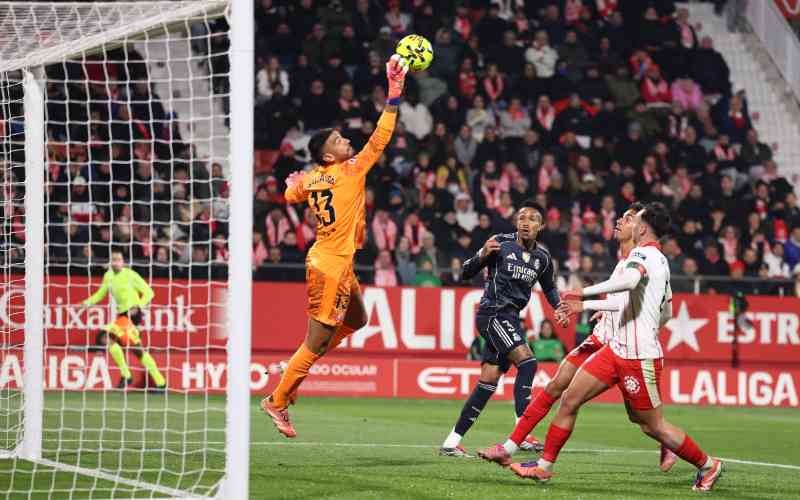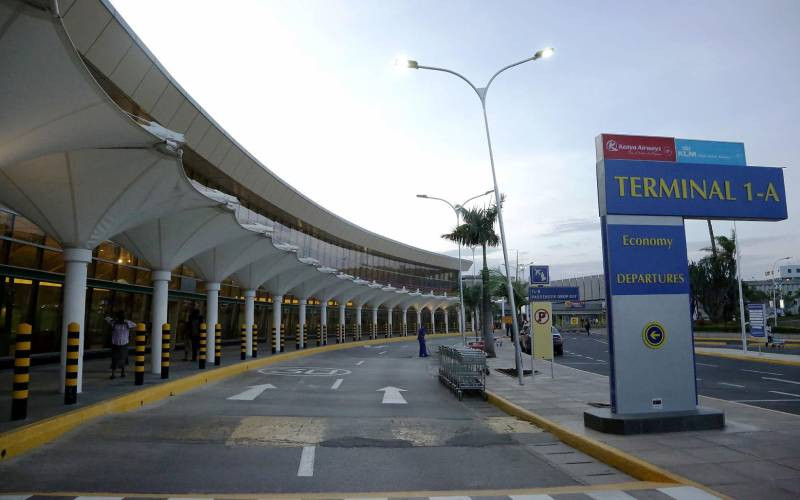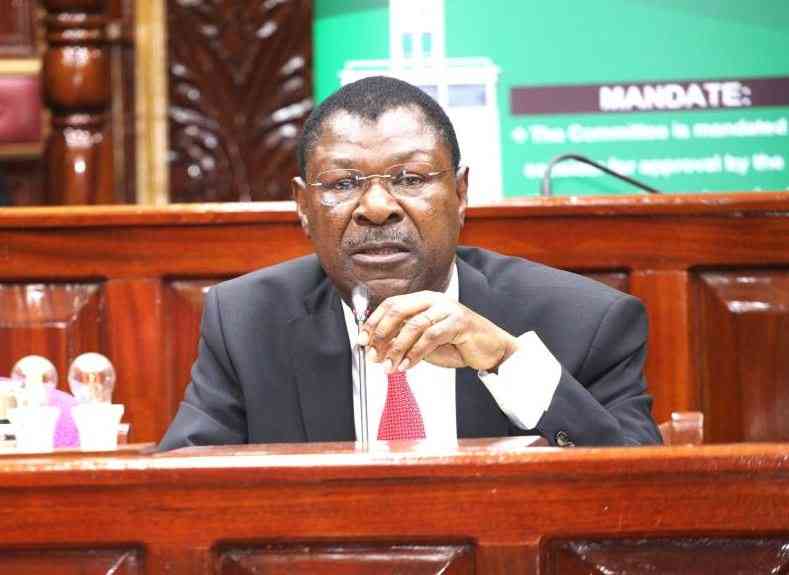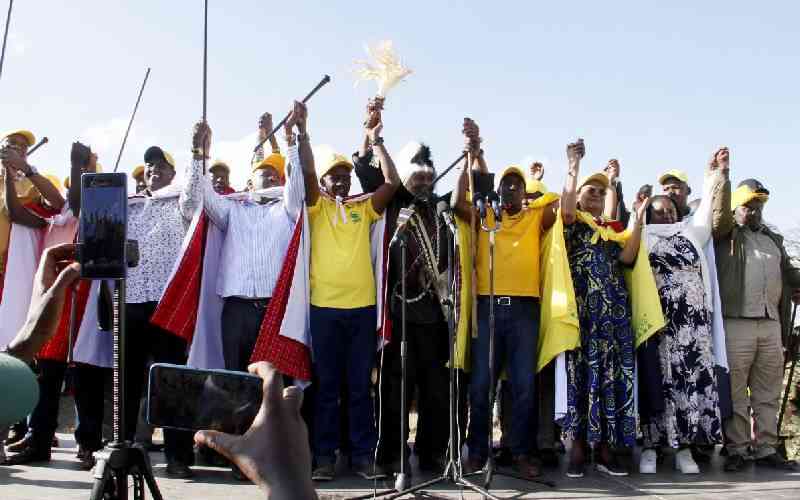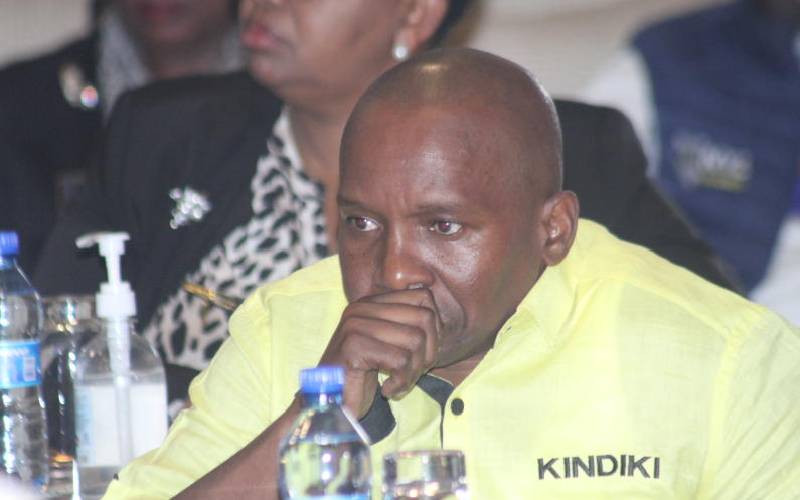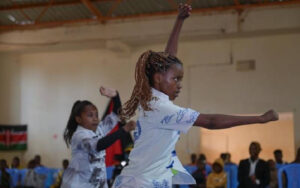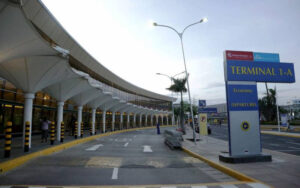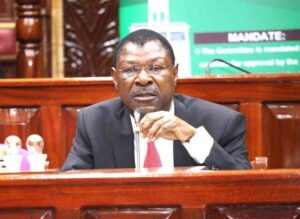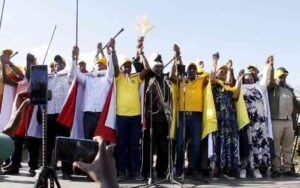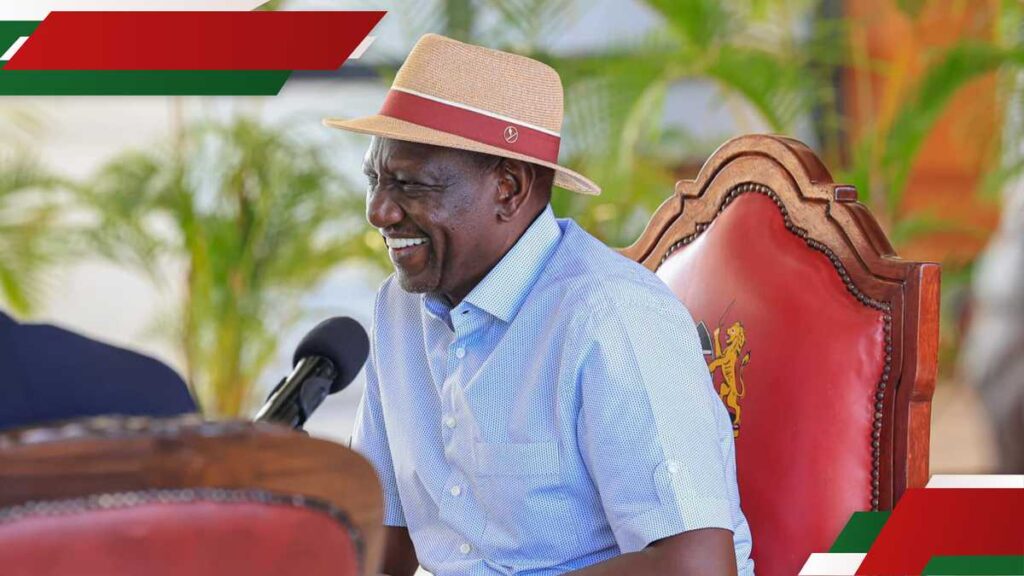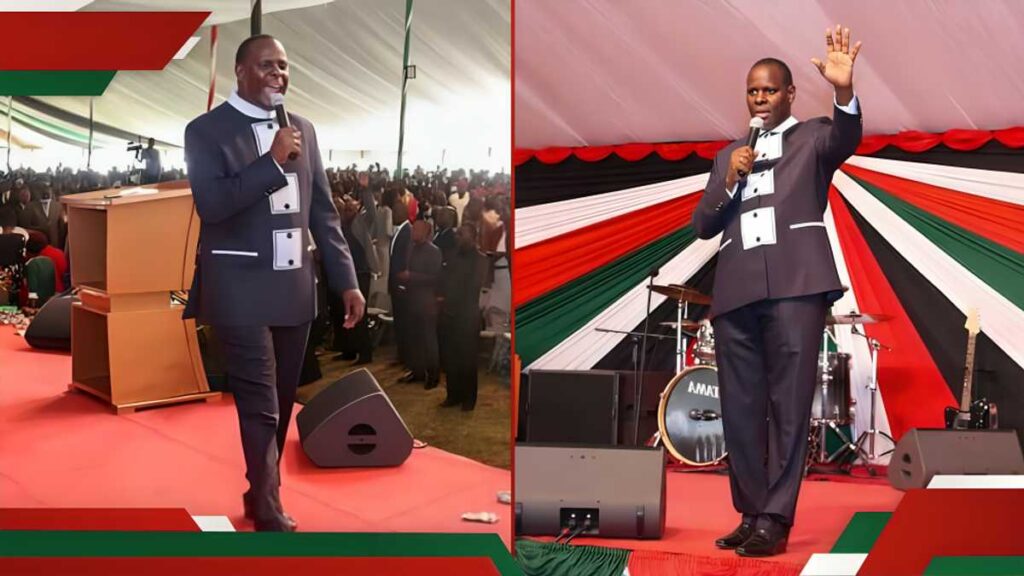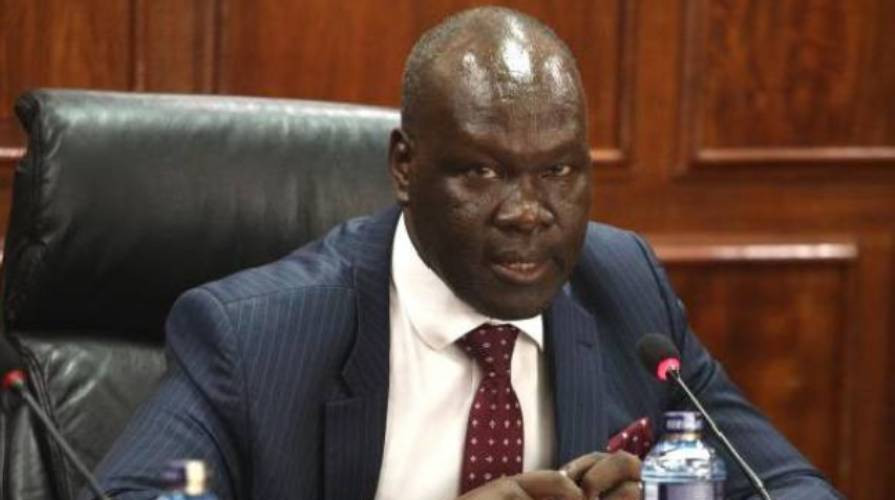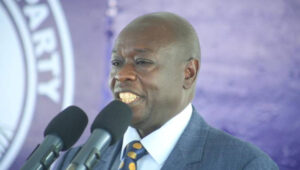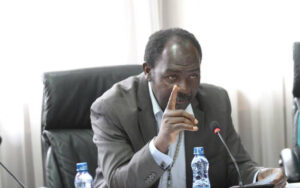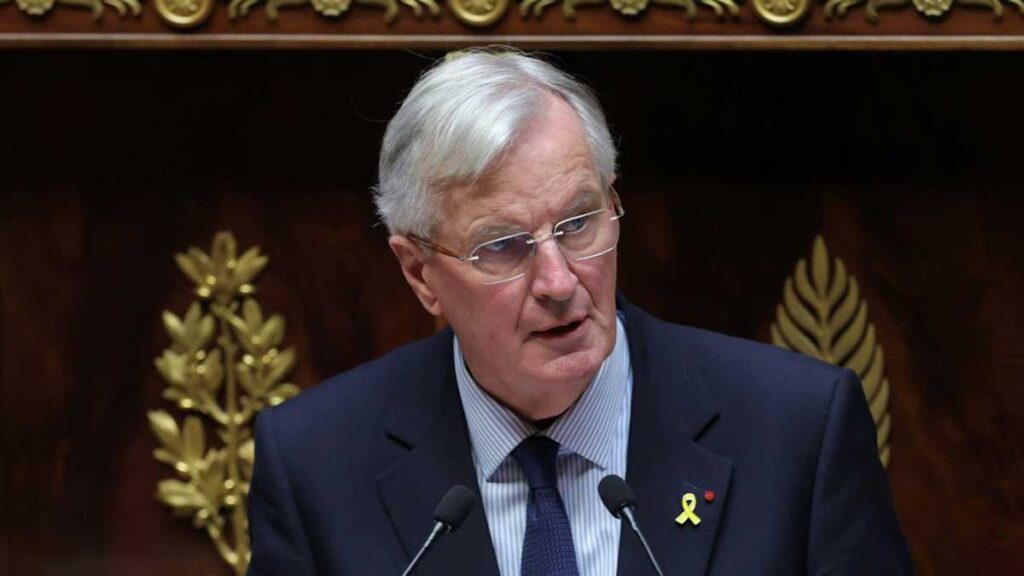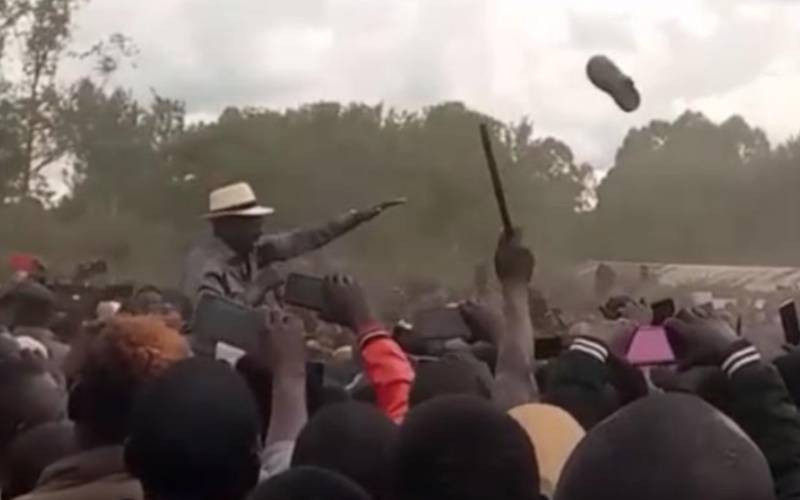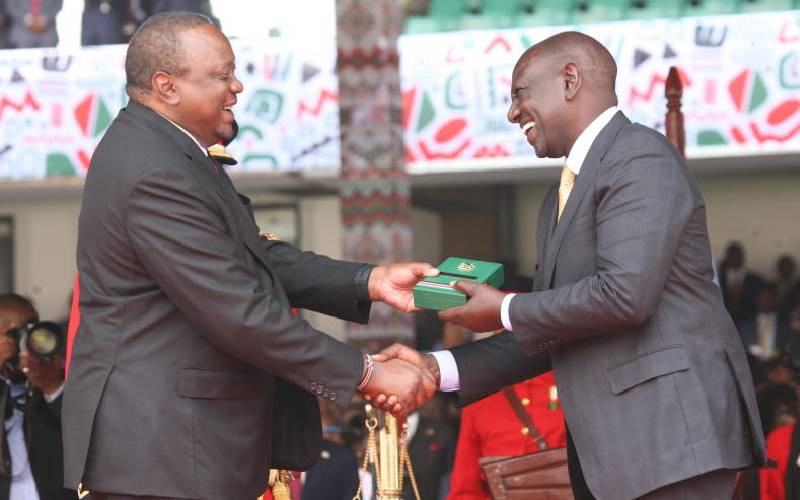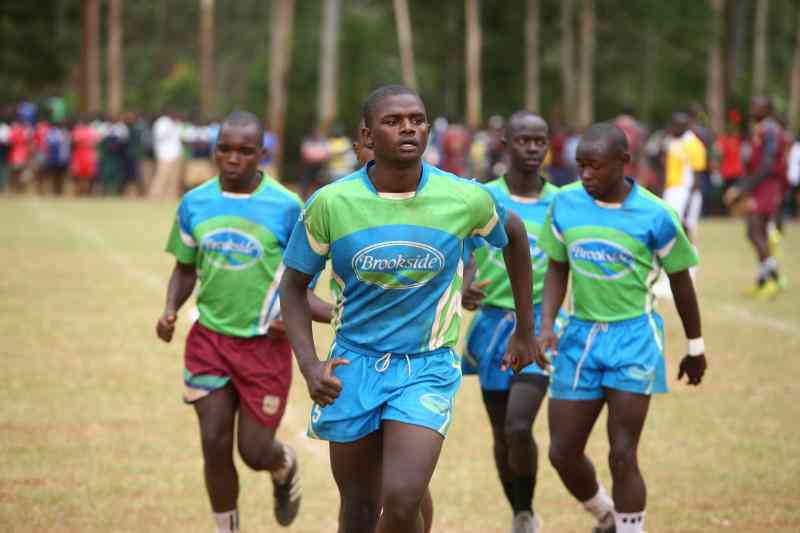The push for a Prime Minister’s position to accommodate Azimio leader Raila Odinga is set to trigger new political alignments, potentially sidelining key allies of President William Ruto.
There is a growing anxiety that the implementation of the National Dialogue Committee (NADCO) recommendation could shift the power dynamics diminishing the roles of Deputy President Kithure Kindiki and Prime Cabinet Secretary Musalia Mudavadi in the government.
Analysts suggest that with Raila’s inclusion in a broad-based government, where he already has significant influence through his ODM party’s presence in key Cabinet positions, he could become President Ruto’s key ally. This development would politically marginalize Kindiki and Mudavadi, who, unlike Raila, lack the large following in both the National Assembly and the Senate.
Mudavadi recent move to dissolve his party and join the ruling party has sparked concerns, as it was seen by some as his bargaining chip. Following this shift, Lamu Governor Issa Timammy, who briefly acted as the Amani National Congress (ANC) leader, was relegated to a Deputy Party leader position in the ruling UDA party alongside DP Kindiki. President Ruto, however, retained key leadership roles in the party, including chairperson, secretary general, and treasurer.
The proposal to offer Raila the position of Prime Minister could drastically alter the political landscape. Mudavadi’s role would likely be confined to Foreign Affairs, while some of Kindiki’s responsibilities could be reassigned to Raila. With Raila gaining considerable influence in government through his allies in Cabinet and elected positions such as MPs, Senators, and Governors, Kindiki and Mudavadi risk being pushed out of the political spotlight.
Political analyst Barrack Muluka warned that both Kindiki and Mudavadi would be left with diminished influence, noting that, since the Gen Z events of June/July 2024, they have already been marginalized and may soon be pushed entirely to the fringes.
Dr Kamau Wairuri warns that incorporating Raila into President Ruto’s administration could create a scenario reminiscent of the 2008 Grand Coalition Government, where Raila served as Prime Minister under President Mwai Kibaki. Wairuri questions whether Ruto would be willing to repeat such an arrangement, given the infighting and misunderstandings that arose during the 2008 coalition.
Wairuri further argues that Raila’s recent loss at the African Union (AU) level complicates Ruto’s political calculations. The expectation was that Raila would step aside from local politics, allowing Ruto to inherit his vote base more easily. Instead, Ruto now faces a complex political situation where the hoped for transfer of Raila’s supporters to his side has not materialized.
The suggestion of Raila joining Ruto’s administration, according to Wairuri, appears to be a strategy to appease Raila and secure his political base. However, Wairuri warns that this could backfire, potentially sidelining key political figures and pushing them into obscurity, weakening the power dynamics within Ruto’s camp.
Dr Wairuri remains skeptical about President Ruto offering Raila the Prime Minister position, calling it “too costly and too messy.” He questions whether Ruto’s government is truly understanding the complexities involved in such an arrangement. He says that intentions do not always translate into successful outcomes, and that Ruto might reconsider offering Raila such a high-profile role.
In contrast, Prof Gitile Naituli dismissed the idea of Raila becoming Prime Minister, pointing out that this would require a constitutional amendment and a referendum—neither of which Ruto could easily win at the moment. Instead, he suggested Raila might be offered the Prime Cabinet Secretary role, which he considers essentially a position without clear responsibilities. Prof Naituli also stated that the only role befitting Raila’s stature would be the presidency, further undermining the idea of him accepting a less significant role.
James Mwangi, leader of the Party for Democratic Reforms (PDR), noted that a Ruto-Raila alliance would reshape Kenya’s political landscape in ways never seen before. He predicted a significant realignment that would see professional workers replaced by political operatives in pursuit of transformation and re-election. However, he warned that the biggest loser in this scenario would be Musalia Mudavadi, whose role was initially to balance the political influence of the Western region, which is now largely controlled by Raila.
Mwangi added “History has been consistent with Raila’s entry to any administration. Some people must pack and go. DP Kindiki will be unmoved because his constituency that he controls is significantly important in the smooth running of this administration. Undermining Kindiki will antagonize us who are supporting the government in Mt Kenya and will give Gachagua a major plus. The AU is not a loss at all to Ruto and Odinga but a dimensional politics that will strike fence sitters and watermelons a huge blow.”
Stay informed. Subscribe to our newsletter
However former Murang’a governor Mwangi Wairiria opined,” What they need to realise is that Raila is a towering figure in Kenya’s political system and that his comeback has not only strengthened the broad-based government but has totally crushed supposedly emerging opposition figures at their nascent.”
“The only credible alternative voice which Kenyans can listen to is Raila and he is constructively working with Ruto for the good of all Kenyans.” Wa Iria said.
He said with Raila and Ruto in the same political front, they were headed for a huge win in 2027. “The only point of focus is now President Ruto and Raila and they are headed in the same direction. That has assured Ruto has an over 70 percent victory come 2027,” he said.
